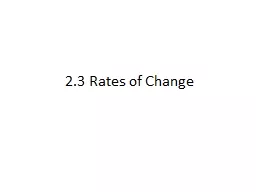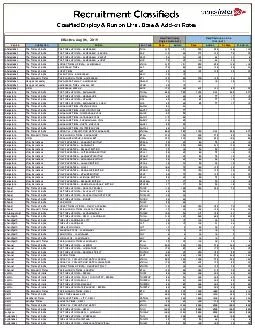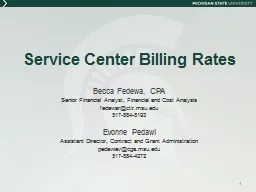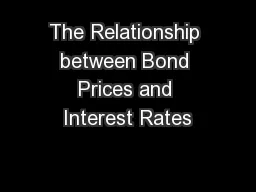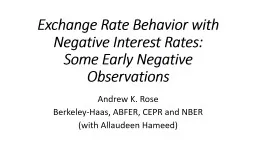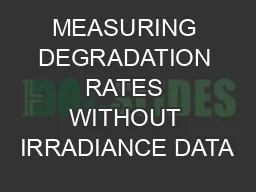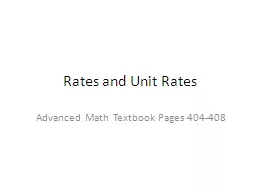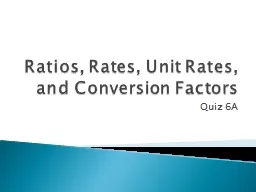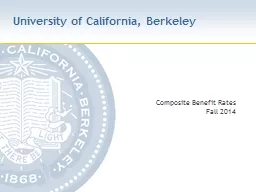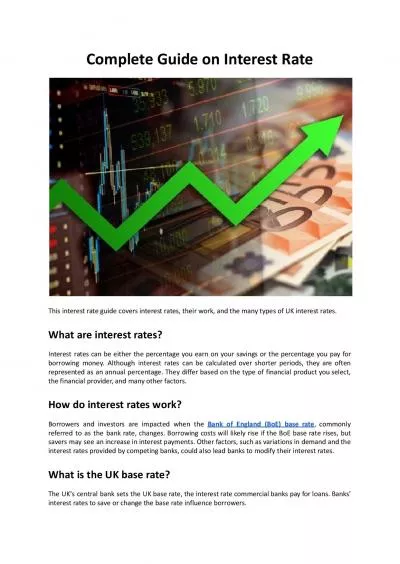PPT-2.3 Rates of Change
Author : stefany-barnette | Published Date : 2016-10-26
Weve talked about how a derivative can be used to find the slope of a tangent line The derivative can also be used to determine the rate of change of one variable
Presentation Embed Code
Download Presentation
Download Presentation The PPT/PDF document "2.3 Rates of Change" is the property of its rightful owner. Permission is granted to download and print the materials on this website for personal, non-commercial use only, and to display it on your personal computer provided you do not modify the materials and that you retain all copyright notices contained in the materials. By downloading content from our website, you accept the terms of this agreement.
2.3 Rates of Change: Transcript
Download Rules Of Document
"2.3 Rates of Change"The content belongs to its owner. You may download and print it for personal use, without modification, and keep all copyright notices. By downloading, you agree to these terms.
Related Documents

